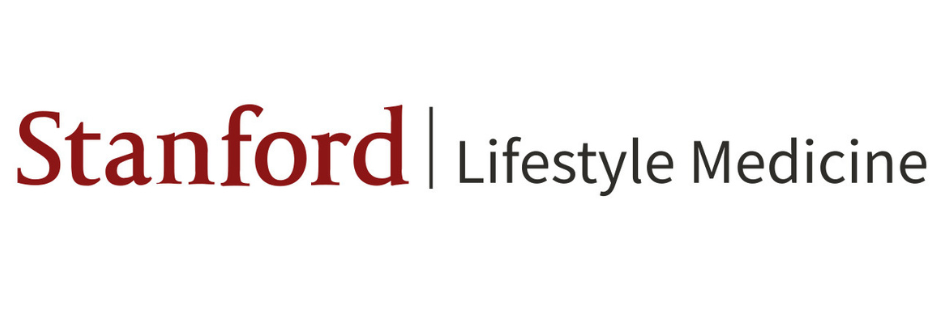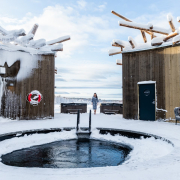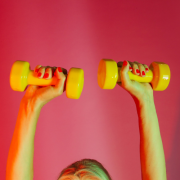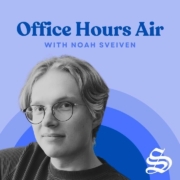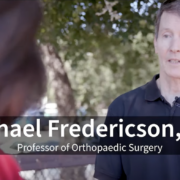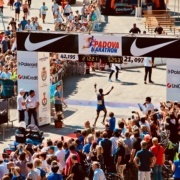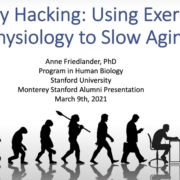Hot sauna, cold plunge. Here’s where to try contrast bathing – National Geographic
From Finnish saunas to Korean ice tubs, these spas specialize in the practice of alternating between intense heat and intense cold.
Many travelers have experienced the warming pleasures of a steamy soak at a Japanese onsen (hot spring) or a heated Turkish hammam. But they may not have jumped into the world of contrast bathing—the practice of alternating between intense heat (hot tubs, saunas) and intense cold (polar bear-style plunges or ice baths).
